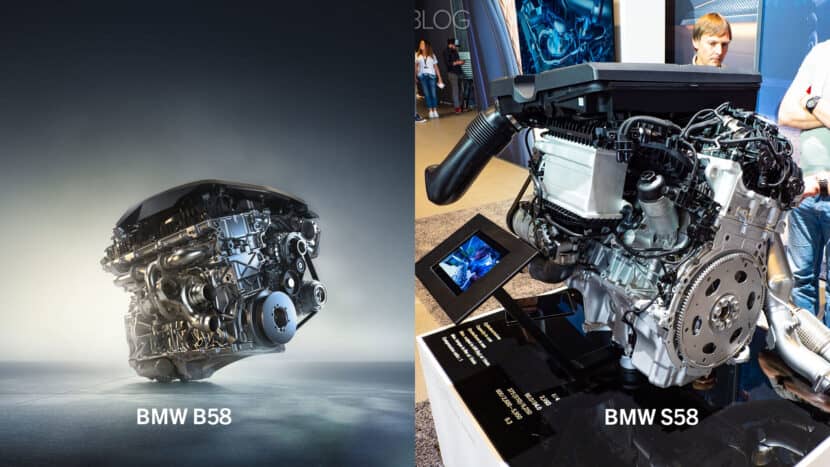BMW is gearing up for the subsequent chapter within the legacy of the M3 Sedan, with the brand new technology, codenamed G84, formally “confirmed” by BMW M’s CEO Frank van Meel. Whereas specifics are nonetheless beneath wraps, sources trace – as we reported final month additionally – that the upcoming M3 will characteristic a 48-volt mild-hybrid system paired with a 3.0-liter B58 inline-six engine, bolstered by an electrical motor built-in into the transmission. The G84 M3 is anticipated to be out there solely with an eight-speed computerized transmission and an all-wheel-drive setup, concentrating on a beginning output of 525 horsepower. Our sources say to not count on a place to begin considerably larger than the present technology as a result of the mild-hybrid tech will not be about energy increase.


Given the early stage of the mission, many of those particulars might nonetheless evolve. One key side into account is the powerplant itself. Whereas the B58 engine at the moment advantages from mild-hybrid expertise, BMW M would possibly finally go for the higher-performing S58 engine—a confirmed 3.0-liter inline-six that will must be reworked to satisfy the upcoming EURO 7 emissions requirements. If chosen, the S58 would additionally incorporate the 48-volt hybrid system to optimize efficiency and effectivity.
What appears more and more sure, nonetheless, is that the G84 M3 is not going to supply a six-speed guide transmission. BMW has been regularly transferring away from guide gearboxes, particularly exterior the U.S., the place demand for them has considerably dropped. With the G80/G82 M3/M4 and G87 M2 doubtless being the final M fashions to supply a guide possibility, fans might need to bid farewell to this beloved characteristic as soon as the present technology runs its course.
No Plug-in Hybrid, Fortunately


One factor is evident: the G84 M3 gained’t observe within the M5’s footsteps as a plug-in hybrid. The reasoning behind this resolution boils all the way down to a number of elements, probably the most essential being weight administration. Including a big battery pack, as seen within the M5’s PHEV setup, would detract from the M3’s agility and responsiveness—two hallmarks which have outlined the mannequin since its inception. Maintaining the M3 light-weight is paramount to preserving its motorsport-inspired dealing with and observe capabilities.
BMW M3 consumers, in any case, are inclined to prioritize efficiency over electrical driving vary. This contrasts with the viewers for plug-in hybrids, who usually search the each day comfort of electric-only driving. Like Porsche’s upcoming hybrid 911, the M3 stays rooted in performance-first rules, making the mild-hybrid system the optimum alternative for sustaining driving pleasure whereas nonetheless assembly emissions rules.
Lastly, the M3’s smaller measurement presents packaging challenges in the case of a PHEV format. Incorporating a big battery pack, cooling techniques, and electrical infrastructure would doubtless compromise each inside area and the car’s general stability. These challenges are extra manageable within the bigger M5, however for the M3, a mild-hybrid system strikes the proper stability between energy and weight.
With energy anticipated to vary between 530 and 560 horsepower (within the base mannequin), the next-generation M3 is shaping as much as supply exhilarating efficiency whereas staying true to its roots as a track-ready machine. Although it gained’t match the sheer output of the M5’s plug-in hybrid system, the G84 M3 guarantees nonetheless a great mix of energy and agility—and by chance with out the outsized kidney grille. The brand new BMW M3 G84 gained’t arrive earlier than 2028.


